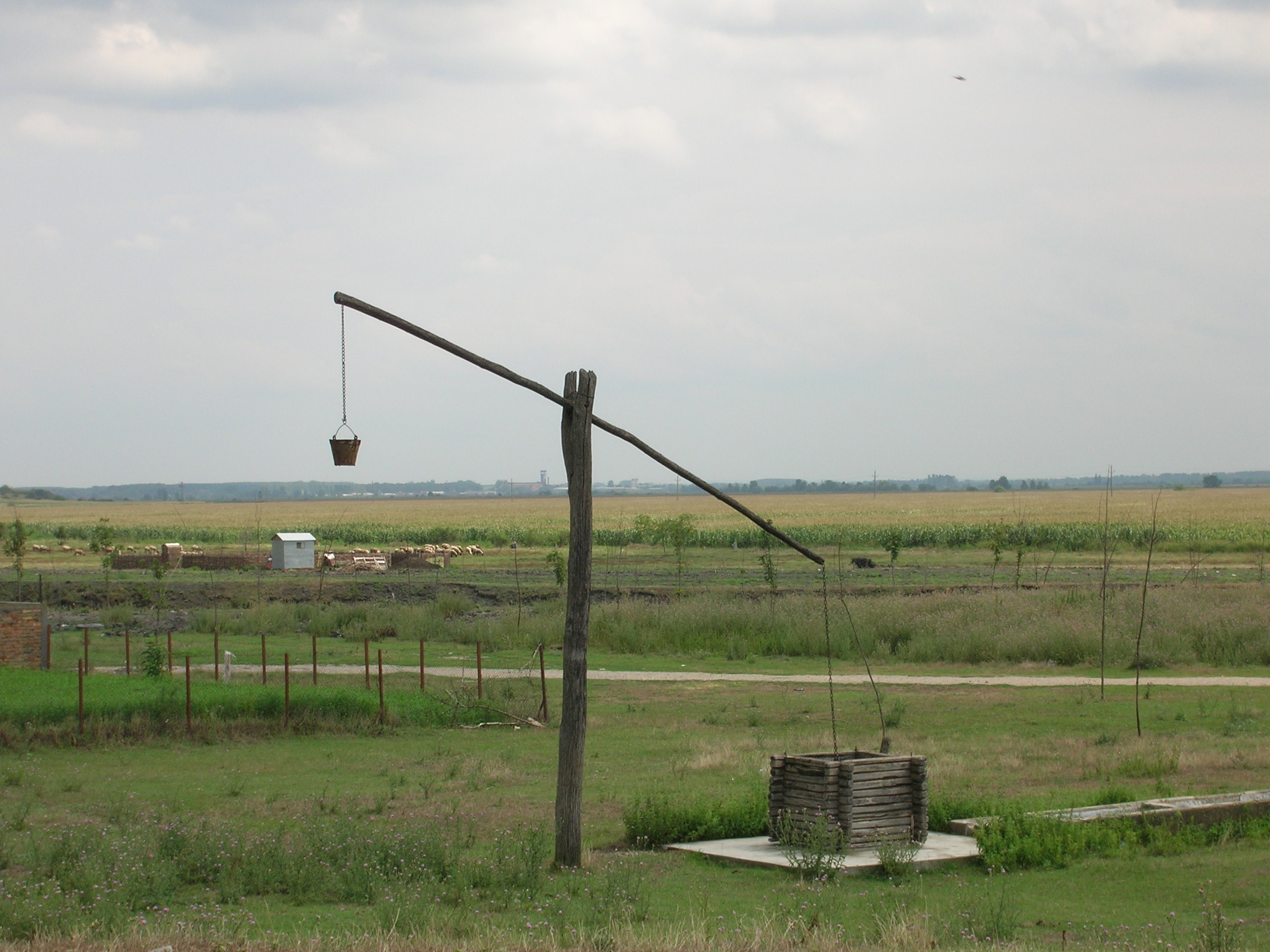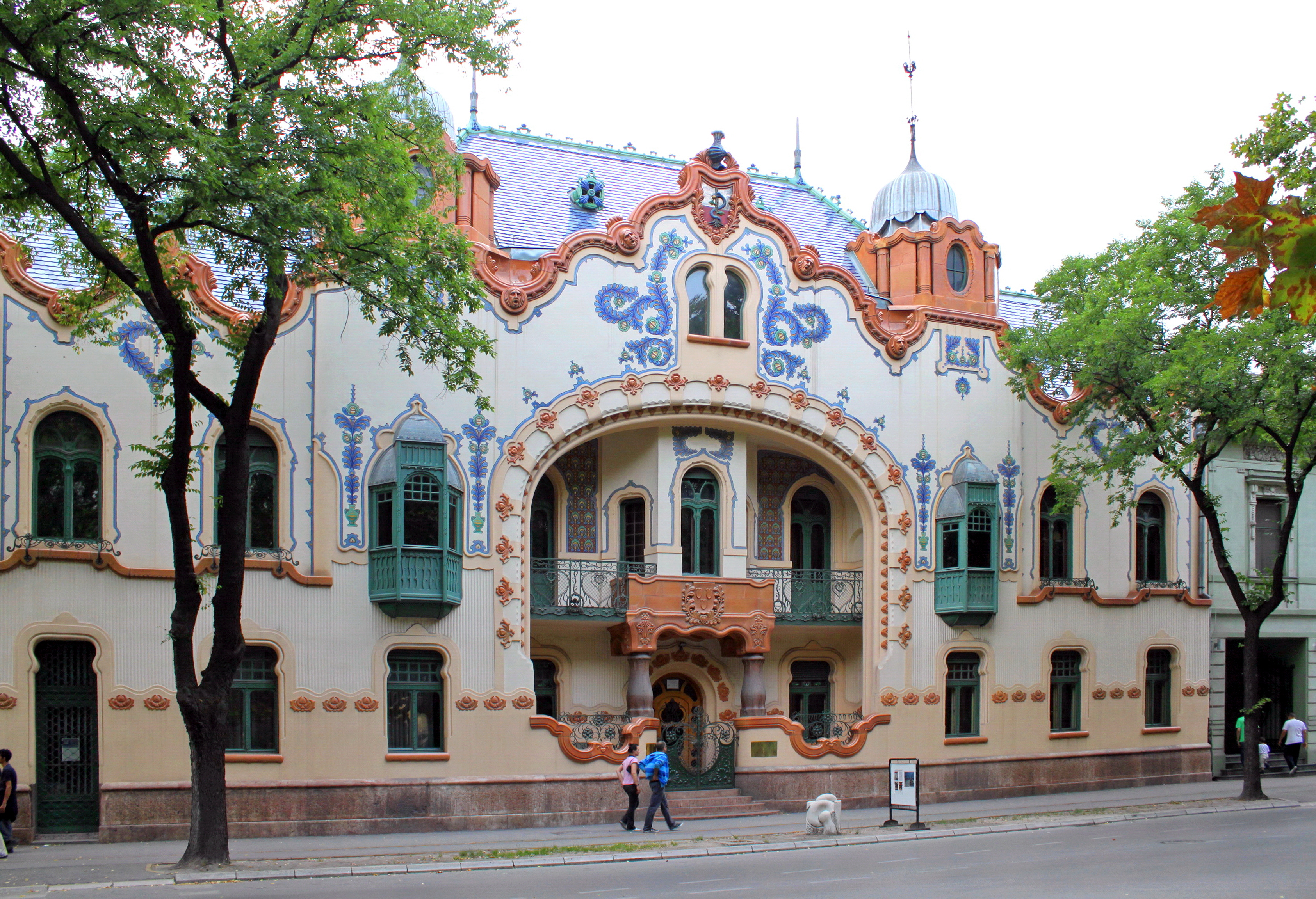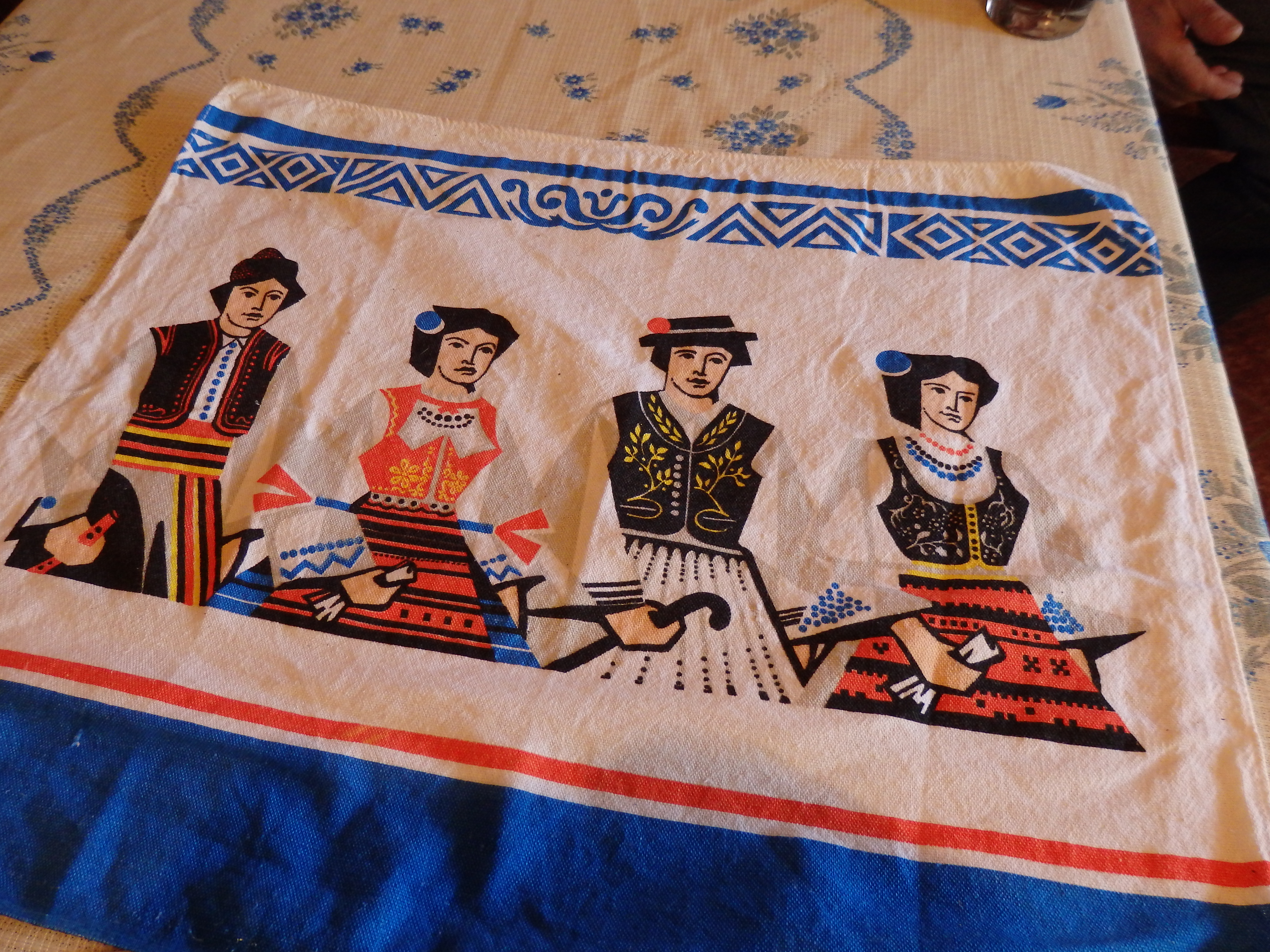By Žikica Milošević
There are few places where multiethnicity and multiculturality are so omnipresent as here in Vojvodina. Maybe we can point out Odessa and Switzerland. The abundance of cultures from all sides of Europe is what made Vojvodina “a little America” – a place where land was free and abundant, and the Habsburg Empire wanted to populate it. Later, Kingdom of Yugoslavia and Socialist Yugoslavia did the same. So we have one of the most diverse societies in the old Continent.

Serbian National Tourist Organisation says once again: “The blend of peoples, languages, faiths and cultures, which live in harmony and with mutual respect, brighten up the towns and villages of Vojvodina, creating wonderful diversity in the architecture of houses and yards, the style of furniture in guest rooms, the colours and decorations of national dress, the taste of food, the music and folklore and folk and religious customs.” Whoever did these depictions, was clearly well acquainted with the spirit and culture of the region!


THE MIX
Yes, like in colonies. But Vojvodina was always something of a colony. It attracted the colonist from all over every state it was in. Vojvodina has a rich cultural tradition and valuable heritage that has been enriched by all the peoples and nationalities of this region. The population that inhabited the country for centuries brought, produced and reproduced the elements of its own culture, but it also received the achievements of other nations. Thus, it made a wonderful mixture of cultures interlaced with each other. The peoples living here encountered, mixed and influenced each other. Vojvodina was located on the verge of two civilisations, Western and Oriental – however, Central European culture gave the basic stamp to social life.
However, Vojvodina was of crucial importance for several nations, and among them the most prominent place held the Serbs. They made their Orthodox monasteries on Fruška Gora Mountain, their Matica Srpska (Serbian Cultural Centre) and College and Partriarchate in Karlovci. Rusyn or Ruthenians have found their freedom exactly here, where their ethnicity was first recognised after the fall of Czechoslovakia in 1939 and Stalin’s annexation of Carpathian Ruthenia to Ukraine in 1945, when they got largely assimilated. Also, Bunjevac community with their specific language variety and identity once again got the chance to express themselves. Slovakian Protestants were not very welcome in their homeland at the time, but here, in the “melting pot” of southern Pannonia, they found their home. Even some now extinct or nearly dissapeared communities, like Frenchmen, Spaniard, Germans, Italians, Armenians and Jews found their home far away from their original lands. Now the province proudly brags with the 26 nationalities and 6 official languages, with plenty of chartered local languages too.
Even the cousine is a mixture of Serbian, Hungarian, Slovakian and German influences. The specificum of the Pannonian plain and its landscape is the salaš households. Vojvodinian farmsteads (salaši), scattered across the fields, made the move from agriculture to tourism a long time ago. Isolated from the rest of the world, they captivate visitors with their old-worldly charm and preserve the traditions of Vojvodina. Many of them have existed for over 200 years and over time have become museums capturing the old way of life on the plains – household items which the former residents used in the fields, in the home or garden. The attachment to the land, big rivers, multiculturality, and flat calm field is what made this culture so tame, pleasant and enjoyable.